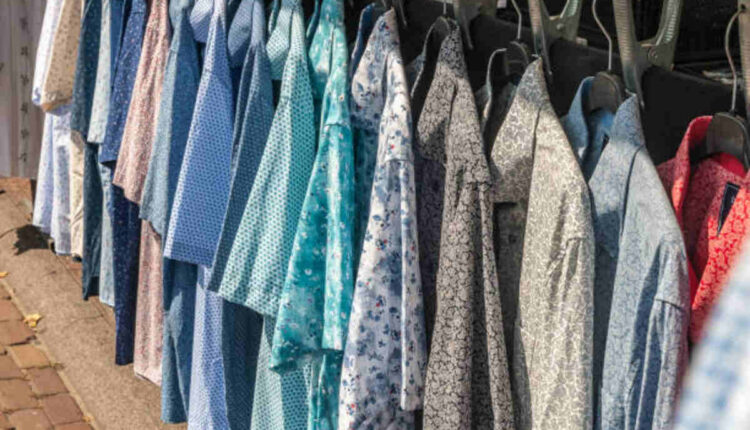Sustainable Solutions: Green Practices in Commercial Dry Cleaning
In the heart of Sydney’s North Shore, nestled within the vibrant community of Chatswood, a remarkable transformation is sweeping through the commercial dry cleaning sector. Chatswood, renowned for its cosmopolitan atmosphere, multicultural flair, and penchant for embracing progressive initiatives, has become a beacon of sustainable change in an industry plagued by environmental concerns. This article delves into the eco-conscious initiatives that are not only reshaping the practices of Chatswood dry cleaners but also serving as a model for sustainable business approaches in urban centers.
The Challenge of Traditional Dry Cleaning
For decades, traditional dry cleaning methods heavily relied on a chemical solvent known as perchloroethylene (PERC). While effective in removing stains, PERC poses a significant risk to human health and the environment. Exposure to this solvent has been linked to respiratory, neurological, and even carcinogenic effects. Moreover, its release into the air and water can contribute to air pollution and contaminate water bodies. Recognizing these concerns, the need for greener alternatives became evident.
Eco-Friendly Solvents: A Step Forward
One of the pivotal shifts in the dry cleaning industry has been the adoption of eco-friendly solvents as alternatives to PERC. Among these, liquid carbon dioxide (CO2) and hydrocarbon-based solvents have gained popularity. Liquid CO2, a naturally occurring compound, can effectively clean garments without harmful side effects. Similarly, petroleum-based hydrocarbon solvents have a lower environmental impact than PERC. These alternatives reduce health risks for workers and minimize the release of toxic chemicals into the environment.
Energy Efficiency and Water Conservation
Sustainability in commercial dry cleaning extends beyond solvent selection. Energy efficiency and water conservation play crucial roles in reducing the carbon footprint of these businesses. Many forward-thinking dry cleaners have embraced energy-efficient machines that consume less electricity while delivering impeccable cleaning results. Additionally, implementing water recycling systems reduces water consumption, which is a valuable initiative in regions facing water scarcity.
Green Packaging and Hanger Recycling
The sustainability efforts of a dry cleaning business extend beyond the cleaning process itself. Often, attention is also directed toward packaging and hangers. Switching to biodegradable and recyclable garment bags and utilizing eco-friendly hangers from materials like bamboo or recycled plastic helps minimize waste and decrease reliance on single-use plastics. This approach showcases a holistic commitment to environmental stewardship.
Embracing Technology: Digitalisation of Operations
Advancements in technology have paved the way for the digitalization of various operational aspects within the dry cleaning industry. Cloud-based inventory management systems help optimize routes for pickup and delivery, reducing fuel consumption and emissions. Moreover, digital communication platforms allow businesses to engage with customers more efficiently, reducing the need for paper-based communication.
Consumer Education and Engagement
Sustainable transformation in the dry cleaning sector is not solely the responsibility of businesses; consumers also play a significant role. Educating customers about the benefits of green practices can encourage them to choose dry cleaners that prioritize the environment. Promoting extending the time between cleanings and adopting proper garment care techniques can further reduce the environmental impact of clothing maintenance.
Certifications and Standards
Certifications and standards are crucial in guiding dry cleaning businesses toward sustainable practices. The Green Business Bureau’s Green Business Certification offers guidance on sustainability strategies, helping dry cleaners make informed choices. Additionally, adhering to certifications like Leadership in Energy and Environmental Design (LEED) demonstrates a commitment to environmentally responsible operations.
Transforming commercial dry cleaning businesses from environmentally harmful practices to sustainable solutions is a commendable journey. By adopting eco-friendly solvents, optimizing energy and water usage, and engaging consumers, these Chatswood dry cleaners showcase their commitment to a greener future. As technology advances and awareness grows, the dry cleaning industry is poised to set new standards for environmental responsibility. Ultimately, the fusion of innovation, education, and consumer choice will pave the way for a cleaner, greener, and more sustainable approach to maintaining our wardrobes.
Read also: When Should I Replace My Roof?

